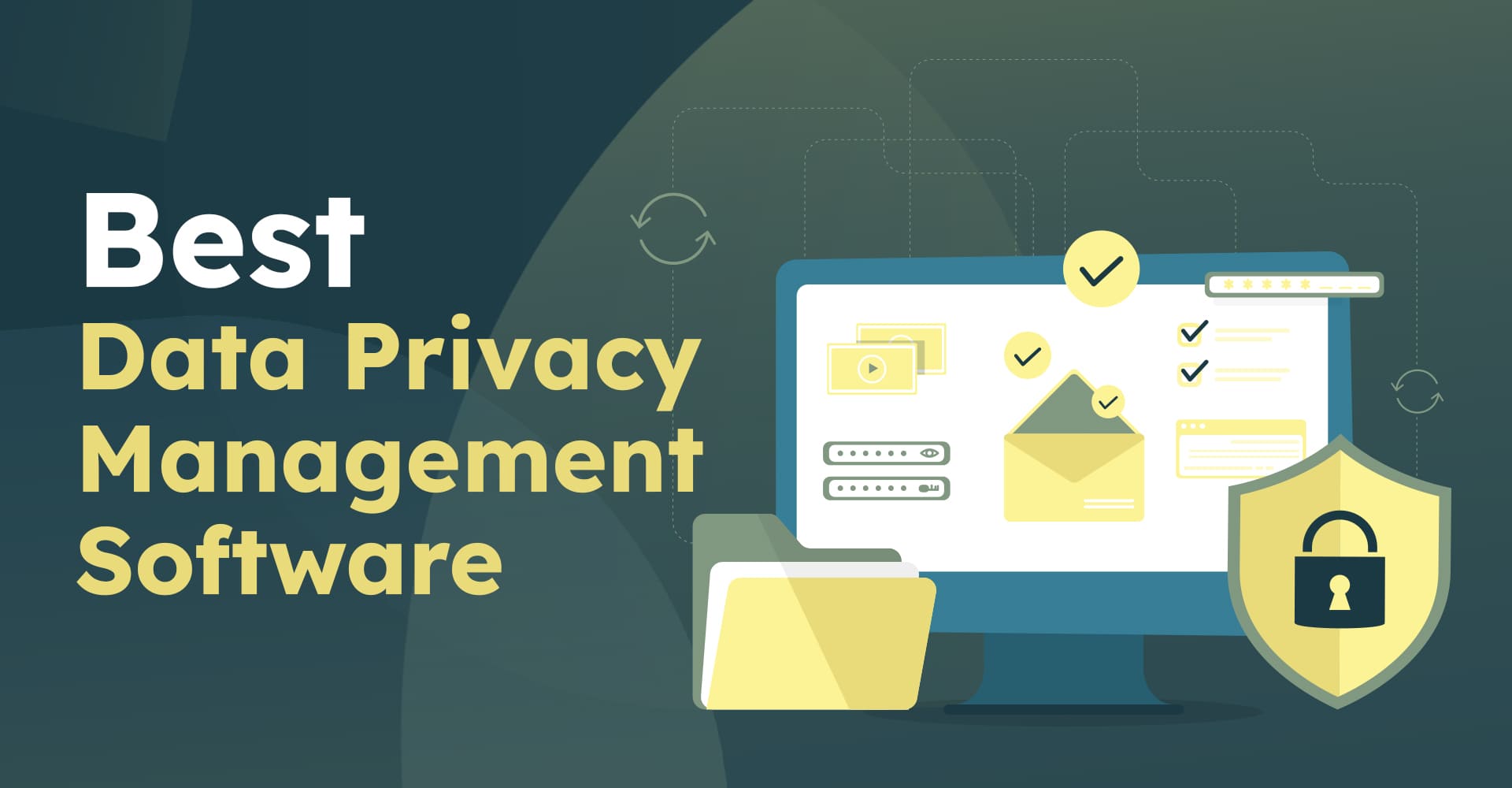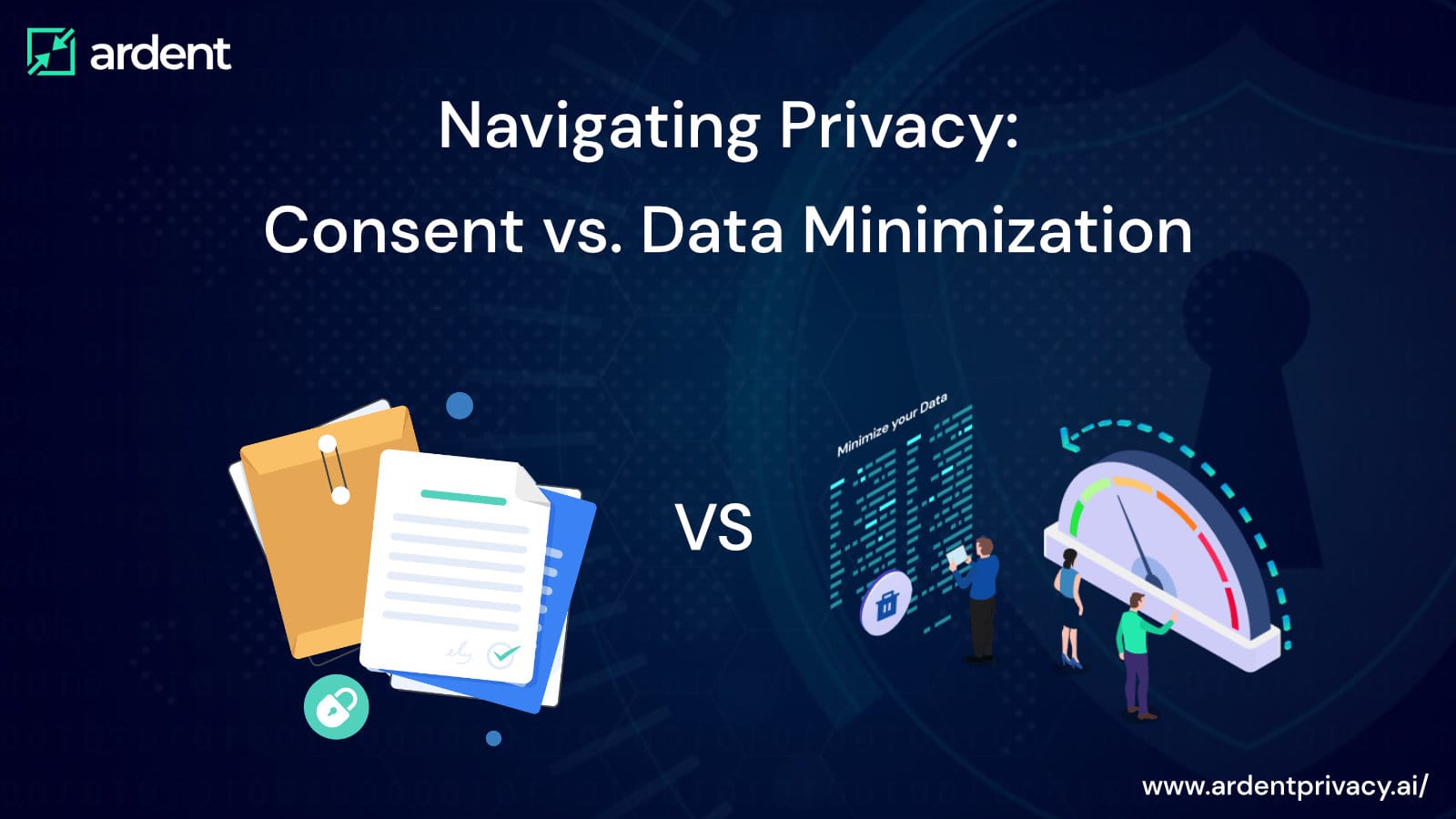Microsoft and Your Privacy: Navigating the Digital Landscape
In today’s hyper-connected world, the conversation surrounding privacy has taken center stage, especially regarding tech giants like Microsoft. As we delve into the intricacies of data management, cookies, and third-party vendors, we must understand how our online experiences are shaped and personalized.
The Role of Cookies in Personalization
Microsoft, along with various third-party vendors, employs cookies to enhance user experience. These digital crumbs help deliver and maintain services while tailoring advertisements to our specific interests. Have you ever noticed how ads seem to follow you around the internet? That’s cookies at work!
By accepting cookies, users consent to a more personalized browsing experience. However, what does that really entail? While this can mean receiving relevant content that aligns closely with our interests, it also raises concerns about our privacy and the extent of data collection. The duality of personalization — convenience on one hand and potential invasion of privacy on the other — is a tightrope we all walk in the digital realm.
 Understanding the role of cookies in your online experience
Understanding the role of cookies in your online experience
Consent Management: A Necessary Evil?
Navigating consent management feels like a necessary evil in our daily digital interactions. Microsoft offers users choices: accept all cookies, manage preferences, or object to certain uses based on legitimate interest. This attempt at empowering users is commendable, but let’s be honest — how many of us actually take the time to tweak those settings?
Often, we find ourselves hurriedly clicking ‘I Accept’ just to get to the content we desire. This underscores a larger issue: the complexity and time-consuming nature of understanding privacy policies and settings often dissuades users from fully exercising their rights. If only there were a more straightforward way to manage our digital footprints!
“We share this information with our partners on the basis of consent and legitimate interest.”
This quote captures the essence of data sharing — a balance between collaboration and caution. But, we must question – how transparent is this sharing? Are companies being forthright about who their partners are and how our data is utilized?
The Drive for Transparency in the Age of Partnerships
Interestingly, Microsoft reports that it partners with an impressive number of 829 vendors. This extensive network raises questions about transparency and accountability. Who are these partners? How do they use our data? As consumers, we deserve to know how our information is handled and who has access to it.
Transparency is necessary in fostering trust, and tech giants should prioritize clear communication about data practices. Initiatives like privacy dashboards could become vital tools for users wanting more control over their data. This is especially true considering the stakes of data leaks and breaches.
 Exploring the network of vendors influencing our digital experiences
Exploring the network of vendors influencing our digital experiences
Users vs. Advertisers: Finding Middle Ground
Amidst this complex structure of data processing lies the inhabitants of this landscape – users, advertisers, and tech companies. On one side are users seeking personalized experiences; on the other, advertisers looking to convert that data into profit. Striking a balance between targeted advertising and user privacy is critical. As a consumer, I’ve felt the frustration of ads that feel invasive rather than informative.
As much as I appreciate ads tailored to my preferences, it’s unsettling to think of the meticulous data trails we create. Even with options like managing preferences, how many users truly understand their choices? Empowering users requires education and a simplification of these processes.
The Road Ahead: Privacy as a Priority
The landscape surrounding privacy and data management is ever-evolving. Companies like Microsoft are carving out paths toward improved policies and frameworks, yet the onus lies on both businesses and users to ensure privacy is respected.
In my own experience, adjusting to this digital world means continually reassessing how much data I willingly share. The future embraces a collective responsibility—users, advertisers, and tech companies must engage in open dialogues about the value of privacy and the ethics of data use. We cannot ignore this obligation if we aspire towards a future where users feel secure about their online presence.
As we sit at the crossroads of technology and privacy, understanding our choices becomes essential. Whether you’re an avid user or a casual browser, taking control of your digital footprint is increasingly vital as we navigate the expanding universe of information.
 Embracing a future where privacy is paramount
Embracing a future where privacy is paramount


 Photo by
Photo by 











